Classified records from the start of the Manhattan Project arrived safely at the U.S. National Archives and Records Administration near Washington, D.C.
Workers on the Hanford Site are preparing to cut into the dome of an underground waste-storage tank later this summer to get ready for future waste retrieval operations.
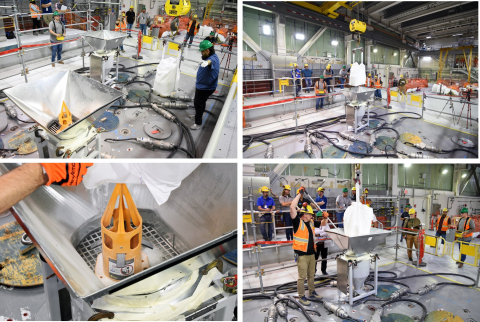
The Hanford Site Waste Treatment and Immobilization Plant (WTP) team last week poured the first batches of glass forming beads, called frit, into a melter heated to 2,100 degrees Fahrenheit.
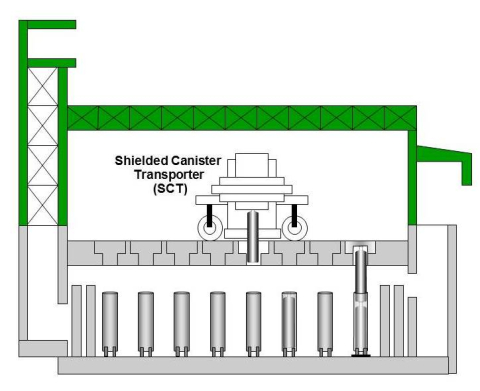
EM has marked a major achievement in the effort to expand interim storage of canisters of vitrified high-level waste at the Savannah River Site (SRS) while saving taxpayer dollars.
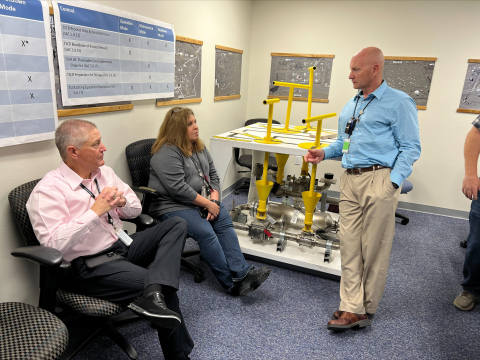
The EM Office of River Protection (ORP) and contractor Washington River Protection Solutions (WRPS) recently wrapped up initial worker training sessions on sustaining a nuclear safety culture, as the pace of Hanford Site operations picks up.
Waste Treatment and Immobilization Plant (WTP) staff at the Hanford Site recently conducted a drill simulating the response to an abnormality in the plant’s power system.
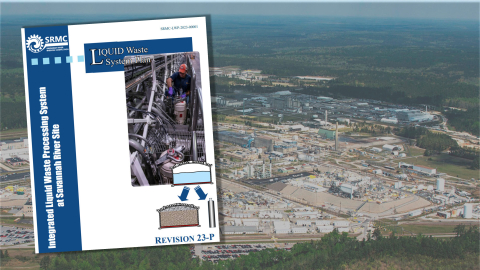
EM’s revised roadmap for completion of the liquid waste program at the Savannah River Site (SRS) is now available.
Hanford Site workers recently removed a complex piece of equipment that stood in the way of future tank-waste retrieval.
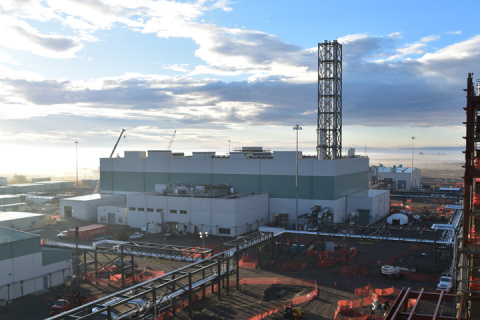
The National Academies of Sciences, Engineering and Medicine (NASEM) recently held a public meeting to discuss its third and final report centered on EM’s tank waste cleanup mission at the Hanford Site in Washington state.
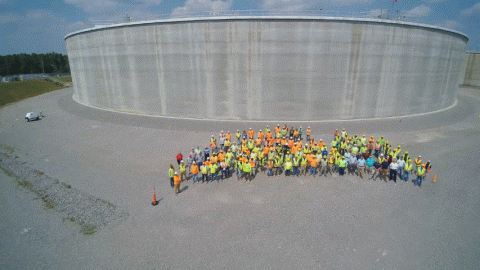
EM has authorized the newest mega-size disposal unit to begin operating at the Savannah River Site (SRS), checking off another priority for the cleanup program for 2023.

